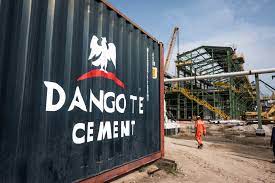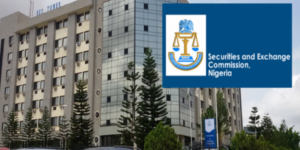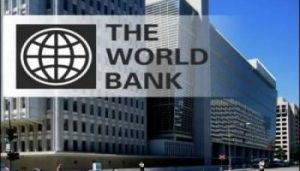
By David Akinmola
Nigeria’s cement industry is riding a wave of strong financial performance, as improved foreign exchange (FX) market stability fuels robust earnings growth for the sector’s three major players—Dangote Cement, BUA Cement, and Lafarge Africa.
The trio posted a combined profit after tax (PAT) of ₦833.2 billion for the half-year ended June 30, 2025—an impressive 229.1 per cent jump from the ₦253.2 billion reported in the same period of 2024. This surge is underpinned by a more stable naira and reduced foreign exchange losses that had previously dragged down profitability.
In the same period, the cement manufacturers grew their combined revenue to ₦3.2 trillion, marking a 28 per cent increase from the ₦2.5 trillion posted a year earlier, reflecting stronger demand across the construction and infrastructure sectors.
Dangote Cement Leads in Revenue, Profit
Dangote Cement maintained its dominance in the market, posting a PAT of ₦520.5 billion in the first half of 2025—a 174 per cent rise from ₦189.9 billion recorded in the corresponding period of 2024. Notably, this mid-year profit already surpasses the firm’s full-year profit for 2024 by over three per cent.
Revenue for the period climbed 18 per cent to ₦2.1 trillion, compared to ₦1.76 trillion in the same period last year.
The company’s bottom line was significantly helped by the elimination of FX losses, with Dangote Cement reporting zero currency-related losses in Q2 2025, a stark turnaround from the ₦138 billion loss it suffered in the same quarter of 2024.
BUA Cement Delivers Strongest Turnaround
BUA Cement recorded the highest year-on-year PAT growth among the three firms. The company’s profit skyrocketed by 429.4 per cent to ₦180 billion, up from ₦34 billion in the first half of 2024.
Its revenue followed suit, surging 59.5 per cent to ₦580.3 billion, compared to ₦363.9 billion posted a year earlier.
This turnaround was largely driven by a reversal in its FX position. The company moved from a loss of ₦29.9 billion in Q2 2024 to an FX gain of ₦1.6 billion in Q2 2025. As a result, its second-quarter pre-tax profit soared by 510.7 per cent to ₦115.06 billion, up from ₦18.8 billion in the same period of last year.
Lafarge Africa Reports Solid Earnings
Lafarge Africa also delivered strong financial results, with PAT rising 352.6 per cent to ₦132.7 billion, up from ₦29.3 billion in the same period of 2024. Revenue for the first half of 2025 stood at ₦516.9 billion, a 75 per cent increase from ₦295.6 billion in the previous year.
The company’s performance highlights growing operational efficiency and benefits from lower FX volatility, which had previously undermined profitability.
FX Stability and Rising Demand Boost Sector Outlook
Analysts attribute the stellar results to improved FX liquidity and a relatively stable exchange rate environment, which has drastically reduced FX-related losses and improved cost predictability for manufacturers that rely on imported inputs.
“The elimination of FX losses and the improved ability to forecast costs have allowed cement firms to optimise operations and reinvest in capacity expansion,” said one Lagos-based investment analyst.
Market observers also point to rising domestic demand, driven by recovery in private construction activity and increased public infrastructure spending across several states.
Shareholders Welcome Improved Earnings
President of the New Dimension Shareholders Association of Nigeria, Patrick Ajudua, welcomed the strong financial results, noting they reflect the broader economic recovery and easing inflation.
He stated, “The FX stability has reduced the pressure on cost structures, while government-led infrastructure projects are increasing cement consumption. The earnings are not just numbers—they represent a sector rebounding with confidence.”
He added that the sharp rise in profitability may soon translate into higher dividends for investors, who have endured years of volatility and FX-induced losses.
Industry Poised for Record Year
With first-half profits already outpacing full-year figures for some of the firms in 2024, analysts believe the cement sector is on course for a record-breaking financial year—provided current macroeconomic conditions remain stable.
The performance of the three firms underscores the importance of exchange rate stability to industrial performance in Nigeria. As the government continues to implement policies to strengthen the naira and support local manufacturing, the cement industry appears well positioned to capitalise on emerging growth opportunities in both private and public sector-led construction projects.






